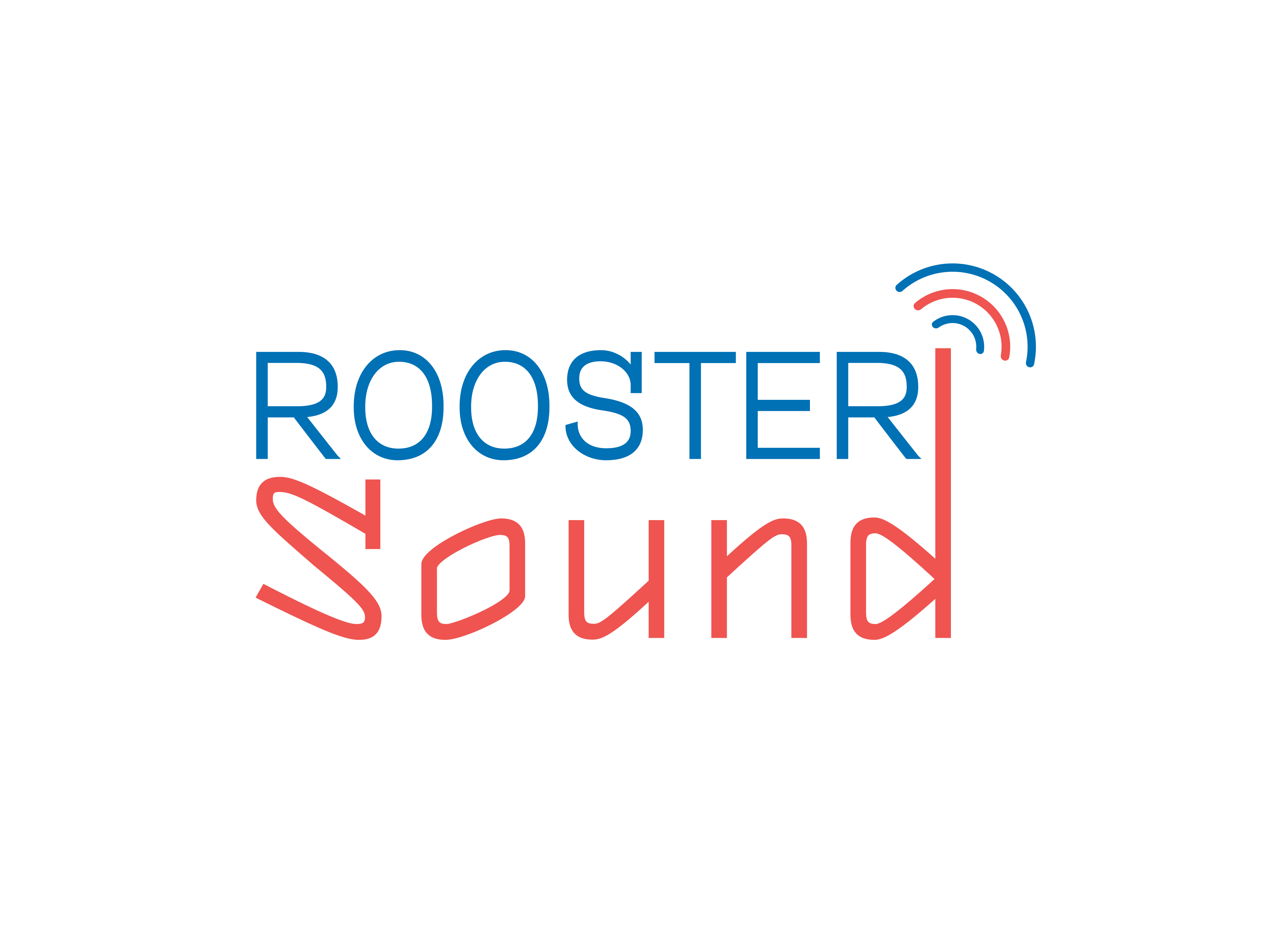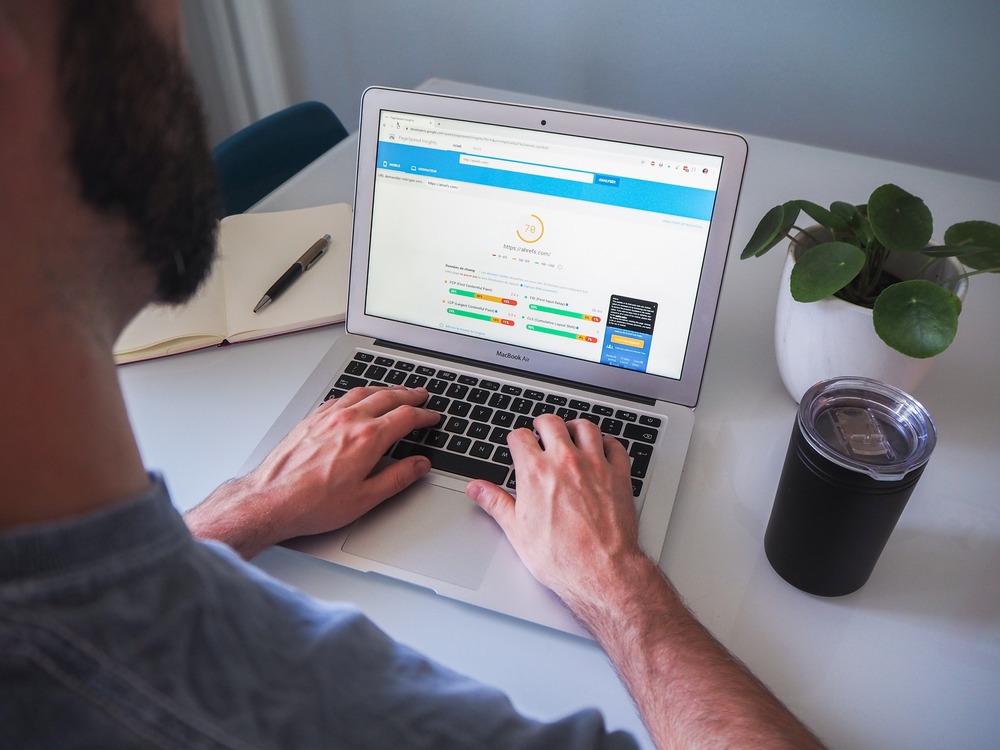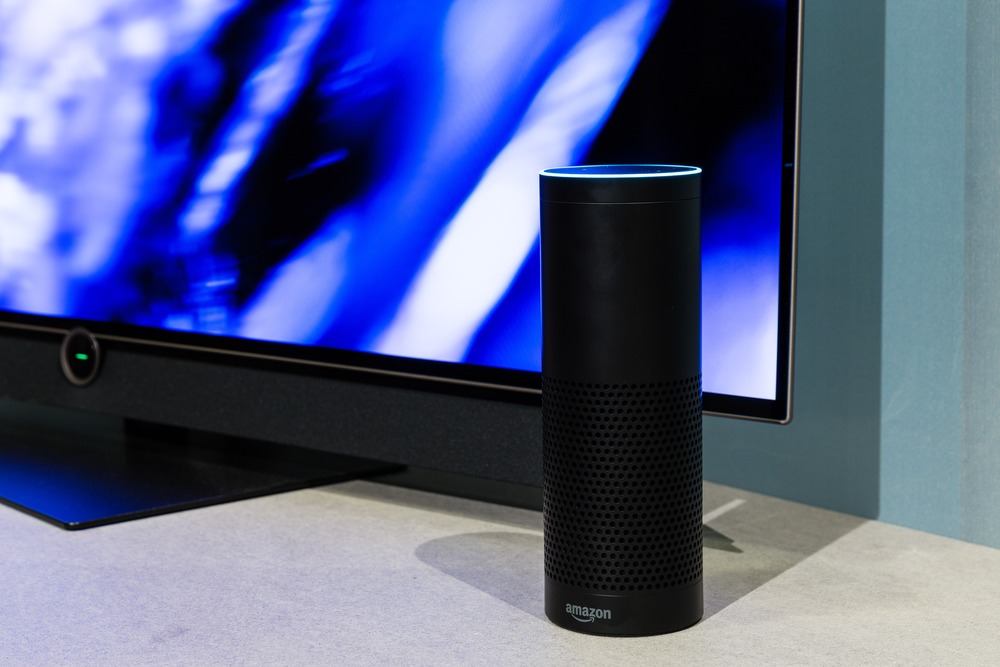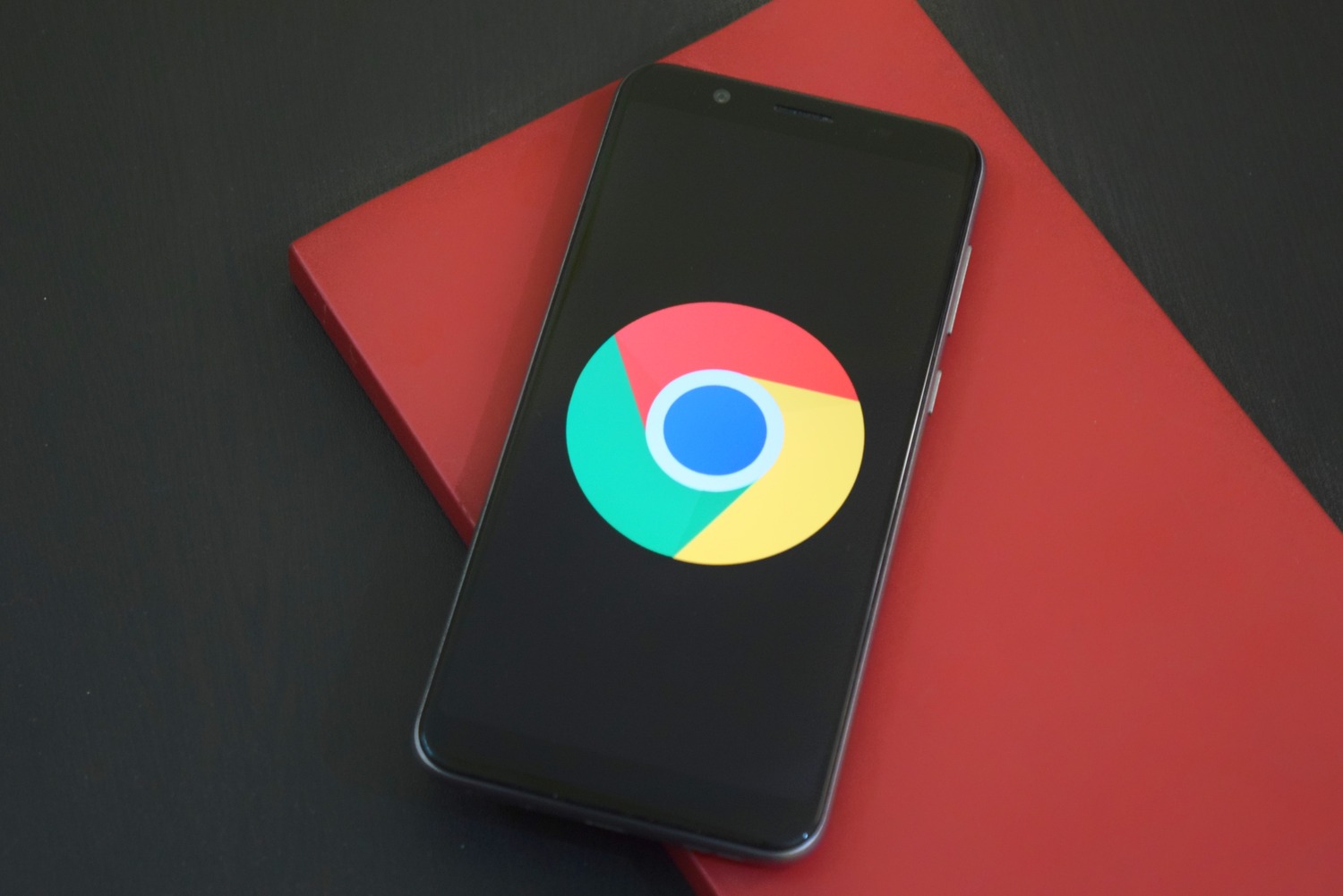Haptic Technology: The Future is Finally Here!
Haptic Technology: The Future is Finally Here!
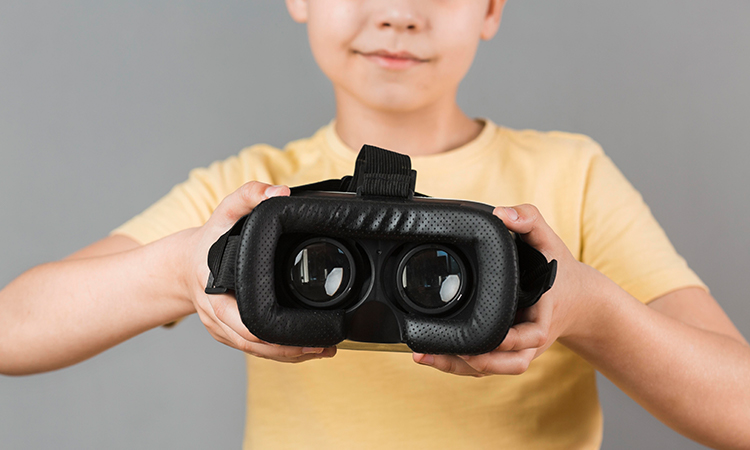
Since its humble beginnings, Haptic Devices used in Virtual Reality have come a long way. Even though the advancements themselves are exceptional, the technology is still in its nascent stage and will not be truly complete till it’s able to engage all human senses. There are many haptic devices available in the market but before we dive into that let’s take a quick look at what haptic technology is all about and some examples of it.
What is Haptic Technology?
To simulate a person’s ability to feel physical sensations, researchers and technologists have developed state-of-the-art Haptic VR hardware and software. This technology uses different ways to help you experience what’s happening in virtual reality in real life. Currently, there are several haptic devices available in the market like Sony’s dual sense controller, the Taptic Engine developed by Apple, and a haptic TactSuit made by Haptic.
The most common use case scenario for such devices is the gaming world but other applications of the technology are looked into and exploration and use in education are quite exciting.
History
An earlier example of haptic technology was the use of spinning motors and weights in early pagers and cell phones to generate a vibration to alert the user instead of an audio cue. Another great example of the technology could be found in the Nintendo gaming console of the early and late nineties that used rumble (read vibrations) to simulate in-game action. Between the future of haptic technology and its past, a lot has changed. The thing to keep in mind is that technology is constantly evolving.
Objective and Uses
Haptic technology was developed with one main goal, to make the user experience physical sensations that are simulated by leveraging other technologies. If you have used Apple products like their laptops or early versions of the iPhone, you would have noticed that the home button and the trackpad provide haptic feedback even though the buttons don’t move.
However, even though the technology has moved beyond simple vibration feedback, it is still unable to encompass the whole range of physical sensations that a person can feel in the real world. The good news is that the future of haptic technology is very exciting, to say the least.
The Future Of Haptic Technology
When we talk about the future of haptic technology there has to be a mention of the ultra-haptic. When the first generation of haptic technology was introduced, it used electromagnetic technology like vibratory motors to provide feedback. The current phase, most commonly referred to as fourth-generation haptic, uses technology-powered pressure-sensitive haptic responses. With the advent of ultra-haptics, there will be no need for physical devices to sense and make out virtual objects.
In the future, different types of haptic devices will be able to manipulate ultrasound waves which the end-user will be able to feel and this will eliminate the need for physical devices. Due to constant research and millions of dollars invested in the haptic technology area, new methods like chemical haptics are being developed. Chemical haptics used in this generation of haptic devices directly triggers receptors found on human skin in different ways. Manufacturers and developers are using this technology to make self-contained wearables that could be worn anywhere on the body. The only requirement is that the wearable should be in direct contact with the skin of the user.
Different Types of Haptic Technologies
There are different types of haptic devices available in the market right now. Even though some of the devices are affordable others are not. Let’s take a quick look at the kind of devices that you can get your hands on.
To simplify, the haptic could be divided into three broad groups: –
- Desktop Haptics
- Surface Haptics
- Wearable Haptics
Desktop Haptics
As you can probably guess, desktop haptics could be made use of by using devices like handheld styluses. The use of s stylus not only makes the interaction more precise it gives you the ability to pinpoint an exact location on the device. Devices like the Phantom Premium are a great example of the types of haptic devices used with a desktop.
Surface Haptics
This technology can be easily found on your mobile phone. The slight resistance or pressure release that you feel when you click on a phone screen or when opening a link is haptic technology at work.
Wearable Devices
Gloves with haptic technology and full-body suits chemical haptics are the future of this technology. Gone are the days when you had to detangle wires as these new devices have wireless versions as well.
We are sure that after going through this write-up you are as excited as we are about the future of haptic technology.
Related Link:- Amazon Luna Cloud Gaming
